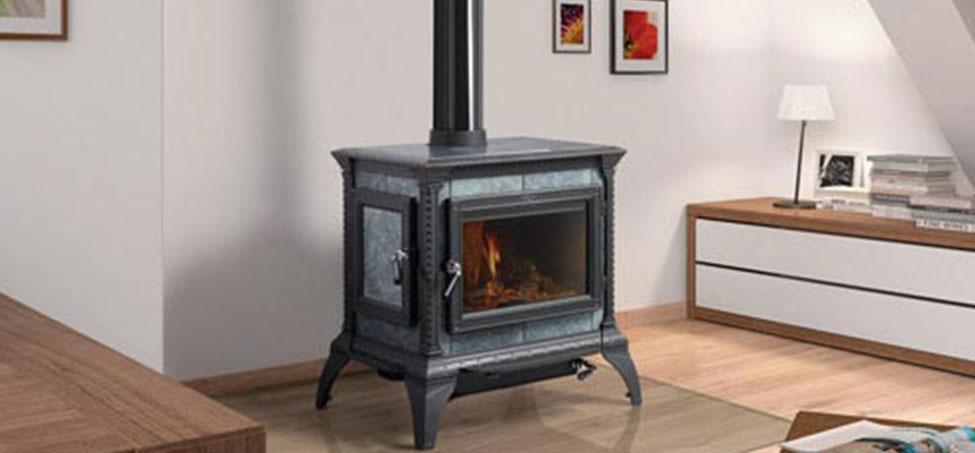Tips for Maintaining A Wood Burning Fireplace

Maintaining Your Wood-Burning Fireplace
Remove ash from the firebox either via the ash dump or straight from the firebox once the fire is completely out and the ashes are cold. The ash can be sprinkled on flower beds as a good source of plant nutrients.
Sweeping the chimney and performing an annual inspection is the most important part of maintaining your fireplace and chimney. Over time, the chimney can become coated with soot and creosote, which are byproducts of fires that aren’t burning efficiently. Once the coating builds up enough, it can potentially catch fire in what is known as a dangerous “chimney fire.” Eldridge explains why a chimney fire can be so destructive: “While the firebox is built with firebrick and intended for direct contact with fire, everything above the damper is designed to withstand only hot smoke and gases from the fire, not fire itself, so a chimney fire can cause serious damage.” The chimney should be swept when creosote build-up is 1/8-inch or more and at the end of the season. The sweeping should be done before summer, because humidity in the air can combine with creosote to form acids which can damage masonry and result in strong odors.
When the chimney is cleaned, a drop cloth is laid down on the hearth and into the room. A respirator is worn to protect the sweep from breathing the soot and creosote dust, which can be harmful to their health. Then metal or plastic chimney brushes and tools are used, along with a vacuum system, to brush the soot and creosote off of the interior walls of the chimney and the damper ledge. The chimney cap is also inspected and cleaned of creosote. Occasionally, a chemical cleaner may be used.
At the same time the chimney and fireplace are cleaned, they’re inspected to be sure there are no serious cracks in the firebox, chimney or liner, no loose or missing bricks or mortar, that the damper is positioned and working correctly, that the chimney cap is in good repair, and that the chimney is structurally sound.
Tips for Keeping Your Fireplace Well-Maintained
??? Install smoke and carbon monoxide alarms and keep them in working order.
??? Keep combustible materials like carpets, drapes and furniture away from the fireplace when a fire is burning. A guard in front of the fireplace will help keep children and pets from harm. Be sure there are no combustibles within 12 inches above the lintel (the metal plate at the top of the fireplace opening), including things like a wooden mantel.
??? Clean ash from the fireplace whenever it reaches the bottom of the grate, where it can impede airflow (an inch of ash in the fireplace will actually make it easier to maintain a fire). Wear a dust mask and gloves for safety.
??? Have your wood-burning fireplace and chimney cleaned and inspected by a certified sweep at least once a year, at the end of the burning season, or more often if you notice creosote and soot build-up over 1/8-inch on the inside of the chimney. The Chimney Safety Institute of America, a nonprofit formed in 1983, lists almost 1,500 chimney professionals in 49 states that actively carry the Certified Chimney Sweep credential.
??? Test out the function of your fireplace by lighting a few small pieces of seasoned wood, lit from the top down. If smoke doesn???t exit vertically from the fireplace into the chimney, but enters the room, immediately troubleshoot and correct any problems. These can include creosote/soot build-up, other debris in the chimney like bird or animal nests, a damper that is closed or partially closed, or wet wood that isn???t burning well.
??? Burn only seasoned, not "green," wood. Seasoned wood is wood that has been cut and dried under cover for at least 6-12 months, registering less than 20% moisture with a meter. Split wood dries more thoroughly and burns better than whole logs. Well-seasoned wood makes a sharp ringing sound when two logs are knocked together, while green wood makes a dull thud. Green wood will not burn as thoroughly, creating more soot and creosote.
??? Burn hardwoods, not soft woods. Hardwoods like oak, ash and maple are denser and heavier, delivering more heat than lighter softwoods like pine, poplar and cedar.
